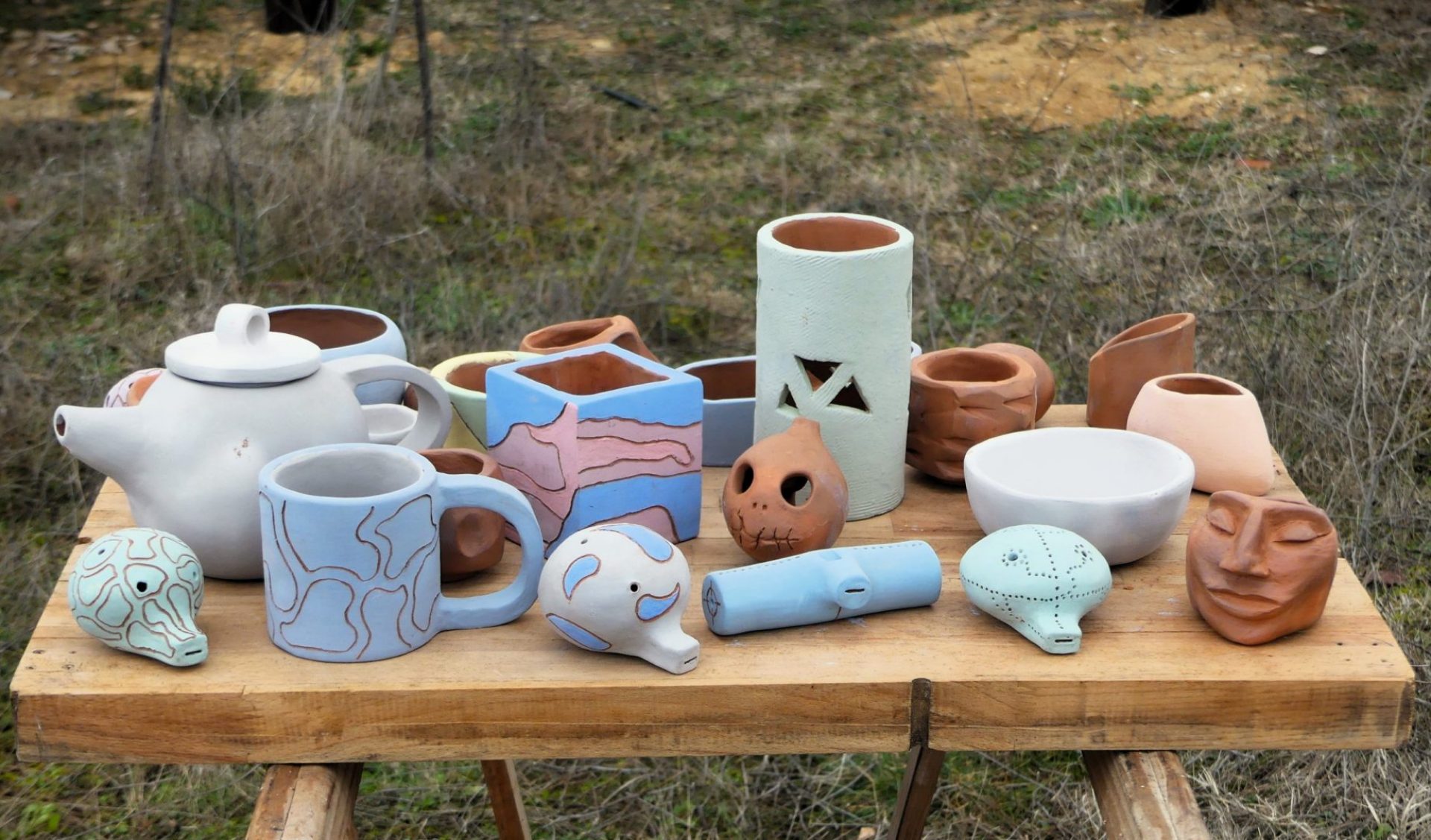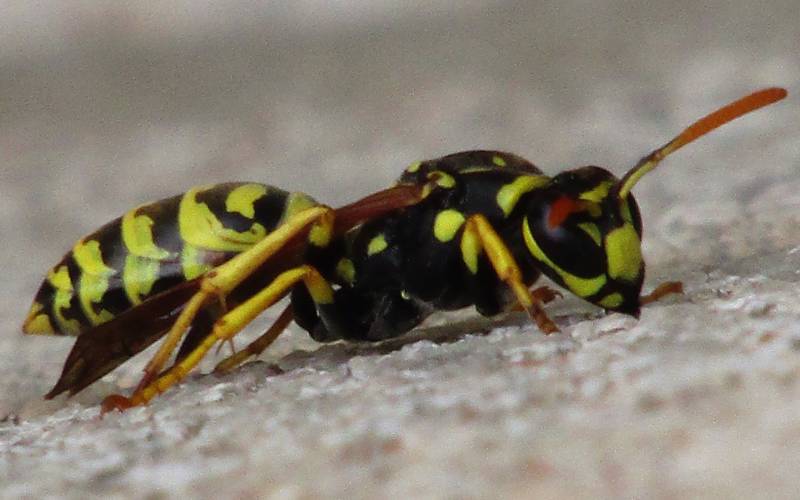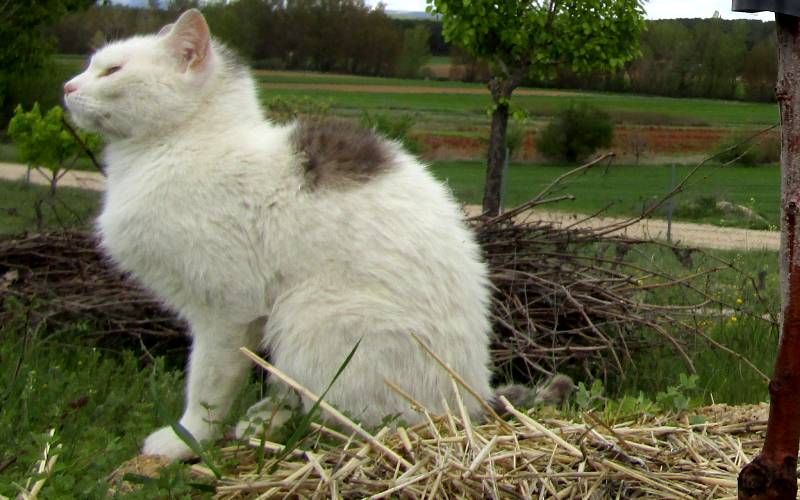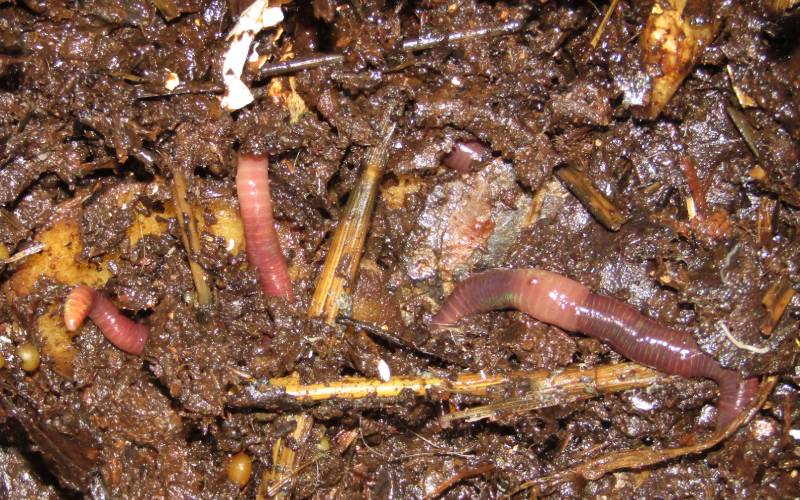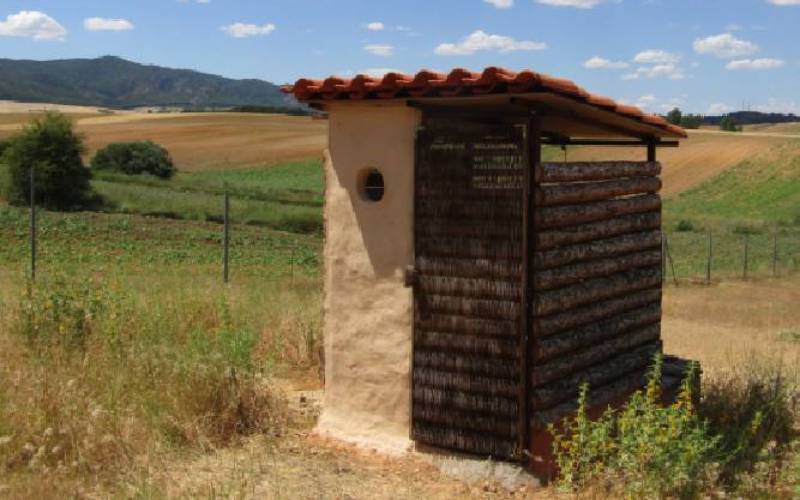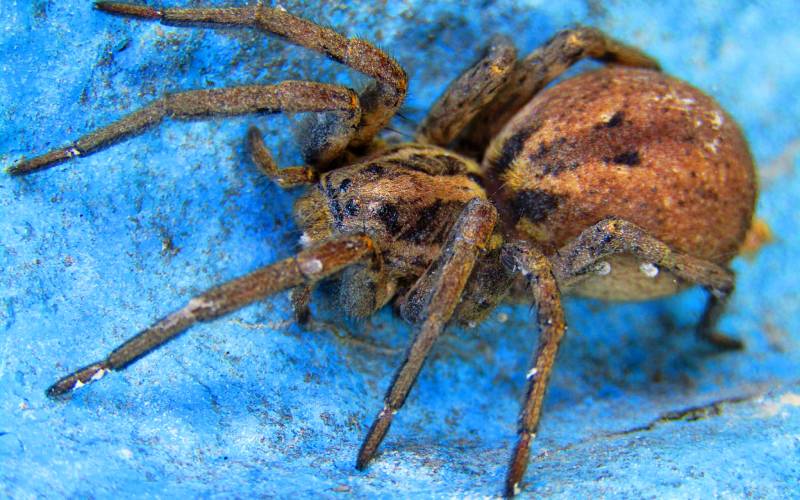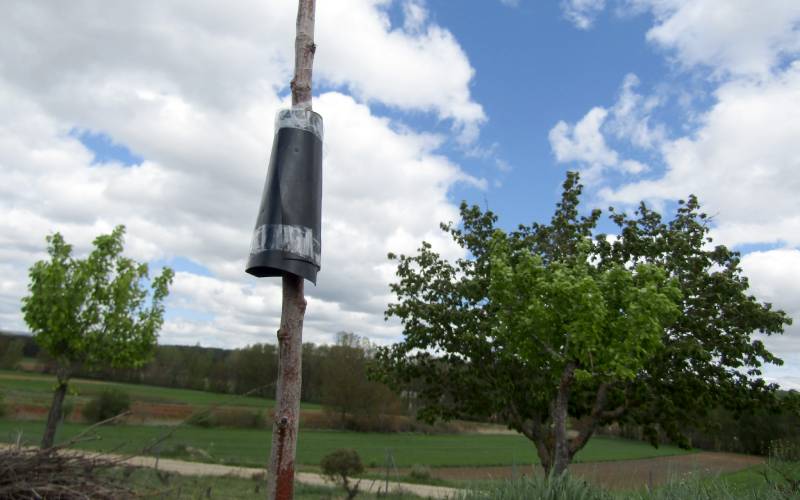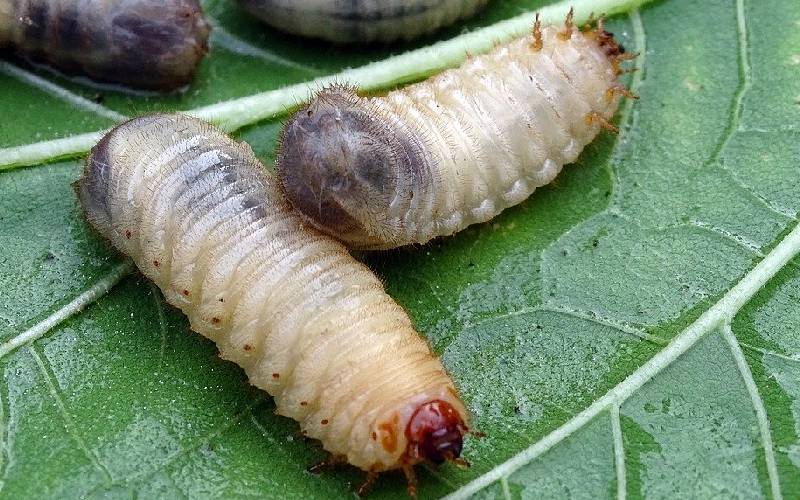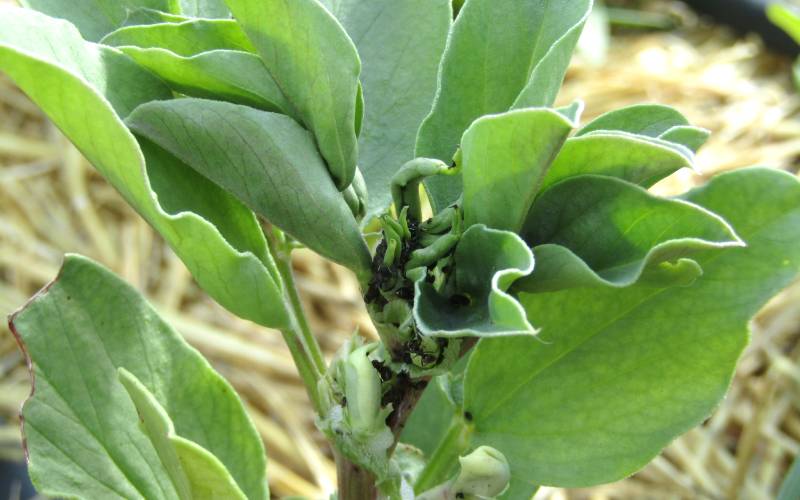In the Campichuelo we have planted about 250 or 300 vines with which we make the wine. We do the whole process in an amateur way and with low resources, so if you want to learn to take care of your vines and make your wine you can read the post, it is long but we give you all the information we have been learning during these years.
Pruning
During the months with "R" we have permission to prune the vines, since it is the time when the sap is in the roots and the plant does not suffer with the pruning cuts. Our strains are in creative format, they grow in "glass", which means that we do not have them locked or joined to each other with wire, but each one grows in its own way.
To prune the vines we have to clean with the hoe around bushes. Once the surrounding area is cleared, we decide which shoots we are going to leave and the others we cut flush to eliminate future shoots and push the strength of the plant to the selected ones. Normally we select about 3 shoots per plant, as spaced between them as possible, that already have strength and take a good direction: they have to be vigorous and be as alive as possible as well as heading towards the sky.
The selected shoots are cut a little above the second button from the new fork, to leave a margin between the wound and the button since it is possible that the tip of the cut shoot dries and in that way it does not dry the button that interests us to sprout.
The harvest
The harvest is a day of hard work and usually collaborative, since, apart from being more fun with people, with only two people they do not give us the hours or the muscles. The first thing is to get up before dawn and fill the boxes with grapes, in that we spend a good part of the morning. The moment we fill a box we empty it in the bathtub where we will step on the grapes in the old way.
The treading of the grape is a very fun time especially for children, who have a great time and are super motivated to splash in must up to the eyebrows. If you bring children of friends remind them to bring a clean change of underpants and pants or surely they will go home with a reddish ass. Obviously you have to take into account the hygiene at this point, both of the bathtub and of the feet and in the people who help to balance the steppers.
Once the pile of purple balls has diminished to become pure must it is time to remove the rabitos that held the grapes to the bunch. This point is very important so that the wine does not have that point of herbaceous flavor that grabs in the throat. Removing the rabitos is hard work, you have to look for them between the skins and seeds and it is impossible to get them all. We are satisfied with taking out between 80 or 90% and in the end we always do a countdown to stop discarding rabitos, if we did not spend days removing one by one.
Now we have to pass all the must with the skins of the grapes and the seeds to a drum that we can cover not hermetically but protecting the must from insects and leaving it at a stable temperature for about two weeks to start fermenting.
Alcoholic fermentation
After the hard day of work we already have the precious liquid ready. The must rests quietly in the drum furrowed with skins, seeds and some scrapes. He is very sweet and rich, but he will soon change his nature. A few hours after rest, its transformative boiling begins as if by magic. But we know that it is not magic, but a biological process of the most common.
Yeasts are microscopic fungi ubiquitous in our environment and the skin of the grape is one of its favorite sites. Remember that white cap of the grape skin that disappears when rubbing with your finger? There they are! So when you come into contact with the sugars in the must, in an anaerobic environment and at a comfortable temperature, fermentation begins. The yeasts feed on the glucose from the sugar and convert it into ethanol (ethyl alcohol) and CO2 (bubbles) and that is why the must begins to "boil", because of the continuous bubbles generated by the yeasts when fermenting the must.
The bubbling is constant as long as the temperature conditions are right and the amount of sugar is sufficient. Several times a day the mixture is removed so that the parts that are in contact with the oxygen are not contaminated by other aerobic microorganisms that are not predominant in the fermentation and that could spoil the wine. From time to time we taste the wine, it is very exciting to observe the organoleptic changes during the process. Little by little the sweetness disappears and the "itching" of the bubbles on the tongue is surprising.
We have been very lucky with the temperature of these days and by the 14th the bubbling has begun to decrease while the last solids (skin, seeds and scrapes) are slowly rushing to the bottom of the drum. It has been a long fermentation, since 15 days is the maximum it usually takes. That's because the ambient temperature at which the fermentation has been done has been relatively low, between 18 or 20 degrees, and the low temperature slows down the fermentation process.
The final product has been good, although we were afraid that the scrapes (removed by hand, tired and at the last minute) would give an acid touch to the wine. It has not been so although it is noticeable that it grabs a little when drinking it.
Malolactic fermentation
Once the first fermentation of the must is done, we can do the malolactic fermentation of the wine, although it is not mandatory. To do this we must empty the contents of the wine at the bottom of the tank, with a tap that filters the scrapes, seeds and skins and we have passed it to some glass damajuanas in which it will rest to make the malolactic fermentation.
In malolactic fermentation the bacteria transform malic acid into lactic acid, so that the acidity of the wine decreases and a preservation effect is created, since other unwanted microorganisms in the wine can no longer feed on malic acid. Malic acid is a component of acidic flavor present in some fruits, such as grapes, and that serves to preserve food naturally. You could say that malic acid brings the acidic flavor to green apples, and that's not a pleasant taste for a red wine. Although the wine that has come out of the first fermentation is not acidic, so it does not contain much malic acid, we are not going to skip this step.We also like to experiment and continue to observe the changes in flavor.
We have let this fermentation to the natural, in two glass Damajuana carafes covered with cork, but with a channel in the cork that allows co2 to escape from the bottles and that ends up inside a water canister, so an air trap is created that lets the gas out but does not let microorganisms in, dust or insects.
The fermentation time is highly variable and depends on the concentration of malic acid in the wine. And since we are still apprentices, we will have to learn. Let's see how it goes!
Bottling
Now if we have to buy corks and a bottling machine, ours is manual and the bottles are recycled. To pass the wine to the bottles we use the technique of communicating vessels. The damajuana rests on top of a high surface and the bottles are lower, so that when vacuuming the contents of the damajuana with a tube that ends at a lower height than that of the wine it runs through the tube to fall into each of the bottles. Then it is to close each bottle with the manual bottler and leave it in a horizontal position until we want to drink it.
I hope it has served as a guide to make your own homemade wine.

